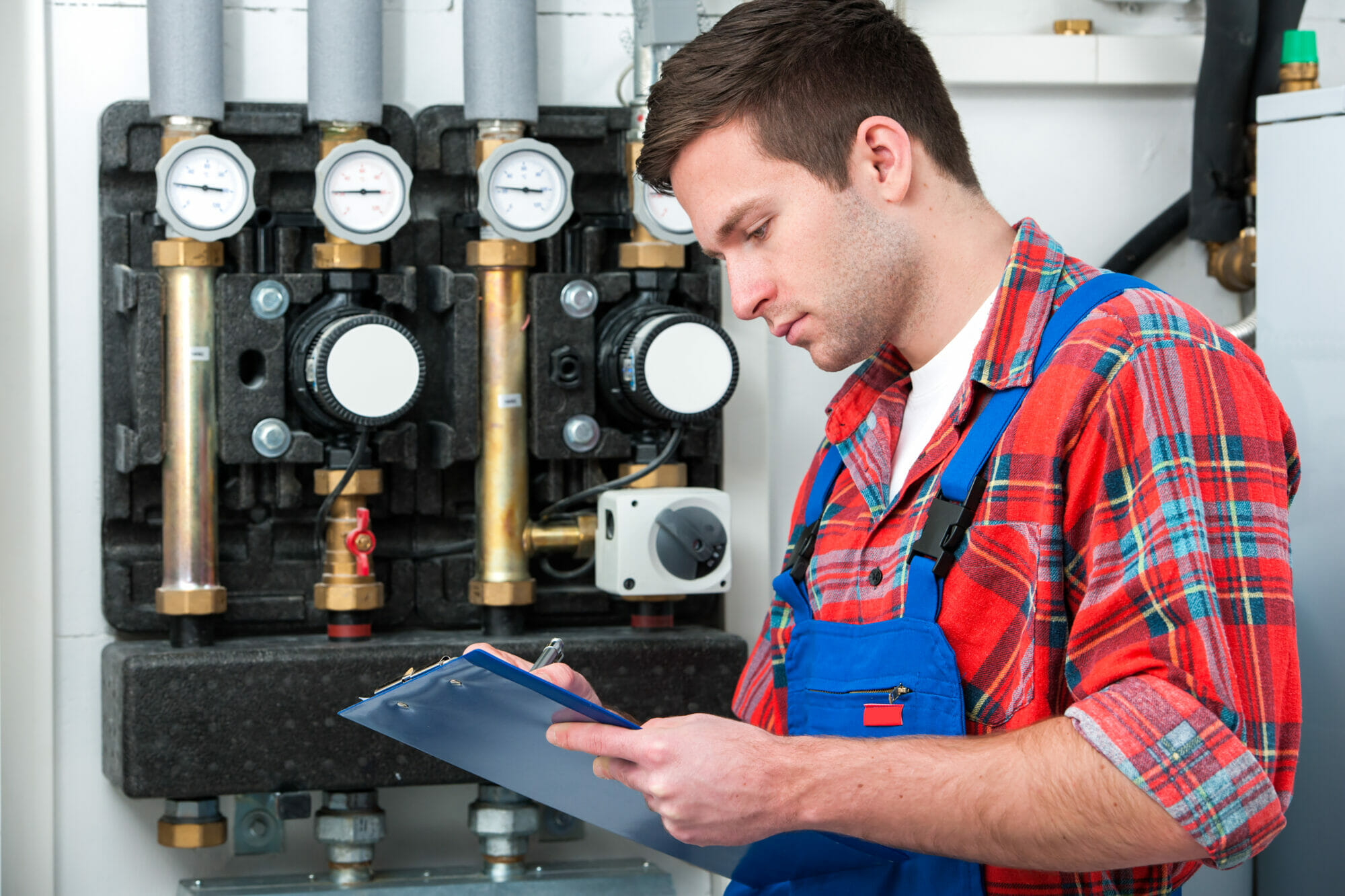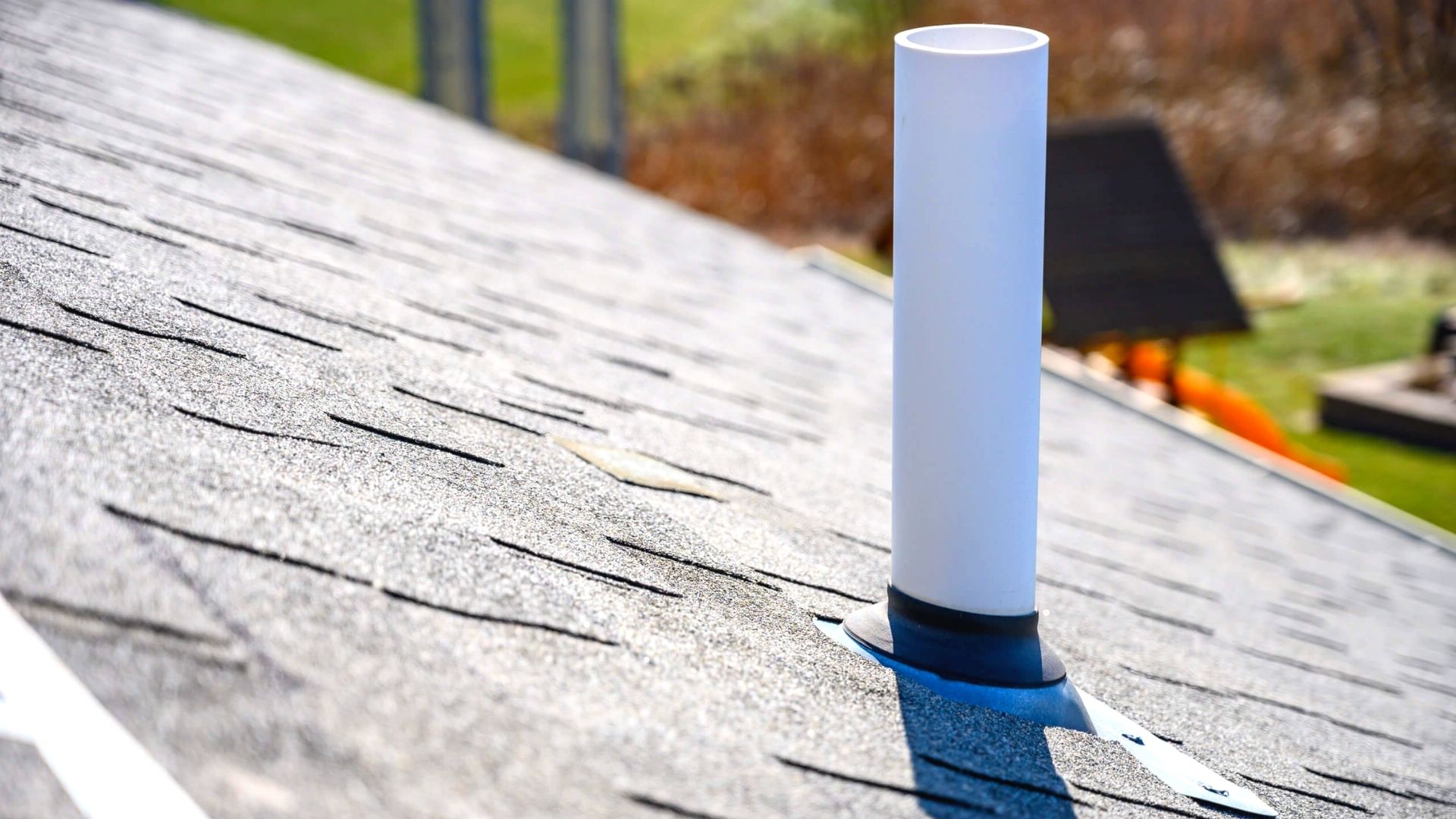The Key Role of Proper Ventilation in Plumbing Systems
The Key Role of Proper Ventilation in Plumbing Systems
Blog Article
How do you feel about What Is A Plumbing Vent & How Do They Work??

Proper air flow in pipes systems is usually ignored, yet it is essential for maintaining the functionality and safety and security of your home's plumbing. Ventilation helps control atmospheric pressure, avoid the accumulation of hazardous gases, and guarantee the reliable elimination of waste. In this guide, we will certainly discover the importance of correct plumbing air flow, how it functions, and the benefits it brings to your pipes system.
How Ventilation Functions in Plumbing Systems
Air Pressure Policy
Appropriate ventilation maintains well balanced atmospheric pressure within the pipes system. When water moves via pipes, it displaces air. Without appropriate air flow, this variation can create adverse pressure, bring about slow down drains or siphoning of water from catches, which can create unpleasant smells to seep into the home.
Preventing Drain Gas Buildup
Among the most critical features of plumbing vents is to stop drain gases, such as methane and hydrogen sulfide, from accumulating within the home. These gases can posture major wellness dangers and are highly combustible. Vent pipelines enable these gases to escape securely outdoors.
Helping in Waste Elimination
Air flow assists in the efficient elimination of wastewater by protecting against airlocks in the drainage system. When air can stream freely through the vents, it permits water and waste to flow efficiently with the pipes, minimizing the threat of blockages and backups.
Advantages of Proper Air Flow
Enhanced System Performance
Appropriately ventilated plumbing systems run extra successfully, with less clogs, faster draining pipes, and much less strain on the pipelines. This performance expands the life-span of the pipes system.
Improved Air Quality
By preventing sewage system gases from entering your home, correct air flow adds to far better indoor air quality, making your living setting healthier and much more comfortable.
Preventing Water Damage
Sufficient air flow assists prevent water from being siphoned out of catches, which can bring about sewage system gases going into the home and creating water damage gradually.
Steps to Ensure Correct Air Flow
Consulting Plumbing Codes
Constantly get in touch with regional pipes codes when designing or changing your plumbing system. These codes supply the needed standards for appropriate venting and ensure your system satisfies safety standards.
Regular Assessment and Maintenance
Normal assessments can assist identify prospective ventilation problems prior to they come to be major troubles. Upkeep tasks, such as cleansing vent pipes and checking for obstructions, are vital for keeping the system in good working order.
Professional Setup
For brand-new setups or major adjustments, it's a good idea to hire an expert plumber. They have the experience to guarantee the ventilation system is properly developed and set up according to code.
Recognizing Air Flow in Pipes
Air flow in pipes refers to the network of pipelines that enable air to move with the drainage system. These vents offer numerous functions, consisting of managing atmospheric pressure within the pipes, preventing sewage system gases from going into the home, and helping in the smooth flow of wastewater.
Types of Pipes Vents
Key Stack Vent
The primary stack vent, likewise called the vent stack, is the main vent in a plumbing system. It prolongs from the primary drainpipe align through the roof covering, allowing gases to get away and fresh air to go into the system.
Branch Vent
Branch vents attach to the major pile air vent and serve private fixtures, such as sinks, bathrooms, and showers. These vents guarantee that each component has adequate ventilation to function effectively.
Air Admittance Valve (AAV).
An Air Admittance Valve (AAV) is a one-way shutoff that permits air to go into the plumbing system without the requirement for a conventional vent pipe prolonging with the roof. AAVs are frequently utilized in remodellings or locations where mounting a basic air vent is impractical.
Indicators of Poor Ventilation in Plumbing.
Slow Draining Fixtures.
If your sinks, tubs, or toilets are draining pipes slowly, it could be a sign of bad air flow. Insufficient air flow can create a vacuum result, making it tough for water to drain pipes appropriately.
Gurgling Appears.
Gurgling audios coming from drains are usually an outcome of air being sucked with water catches due to adverse stress in the pipes. This is a clear indicator of insufficient air flow.
Unpleasant Odors.
Sewer odors inside your home are a warning that your plumbing system is not properly aerated. This could indicate that drain gases are not being properly vented outside, leading to possibly hazardous problems.
Common Ventilation Mistakes.
Insufficient Vent Sizing.
Utilizing small vent pipelines can lead to bad air circulation and pressure imbalances in the system. It's necessary to use vents that satisfy the certain demands of your plumbing system.
Improper Vent Positioning.
Placing vents as well far from the components they offer can minimize their performance. Appropriate positioning makes certain that air can flow openly and successfully with the system.
Ignoring Code Requirements.
Building regulations provide specific guidelines for pipes ventilation. Ignoring these codes can result in a system that fails to operate correctly and might cause expensive repair work or health hazards.
Verdict.
Appropriate ventilation is an important element of any type of plumbing system, making sure that it functions efficiently and safely. By understanding the significance of air flow, recognizing the indicators of poor air flow, and taking actions to preserve your system, you can avoid pricey issues and protect your home's air quality.
What is a Plumbing Vent and it's used for?All plumbing systems in residential and commercials construction have a plumbing vent. It doesn’t just vent unwanted odors from the drainage system to the outside; it actually serves an important purpose by supplying air to the system.
The plumbing drainage system is actually called a drainage, waste and vent (DWV) system. When water flows down the piping, an air supply (vent) is needed to allow the water to flow. Think of the vertical pipe as a drinking straw. If you plug the top end of a straw, liquid won’t drain from it.
The DWV system in your building consists of a series of pipes connected to each fixture; they extend above each fixture, and the system terminates at an open pipe that extends through the roof. This piping allows air into the system and prevents unbalanced pressures in the piping.
?The vent also prevents the system from drawing water out of a trap at the fixture with the characteristic “glug-glug-glug” as the drain gasps for air. Plumbing traps should drain smoothly and never “glug” or gasp for air.
If you have a drain that empties slowly or gurgles as it drains, this may indicate a venting problem. If you flush a toilet and the sink gurgles, there’s definitely a vent problem. It is good idea to have a Plumber check this.
https://www.ameliashomeinspection.com/blog/what-is-a-plumbing-vent-and-its-used-for

As a devoted reader about What Is A Plumbing Vent & How Do They Work?, I was thinking sharing that section was smart. Are you aware of another individual who is fascinated with the topic? Take a moment to promote it. We recognize the value of reading our article about .
Book Now Report this page